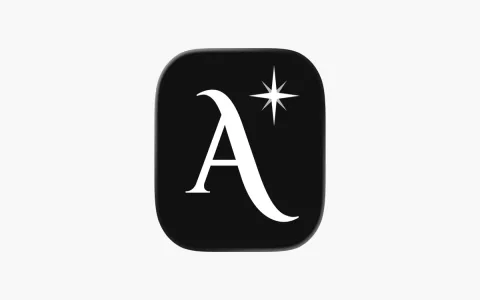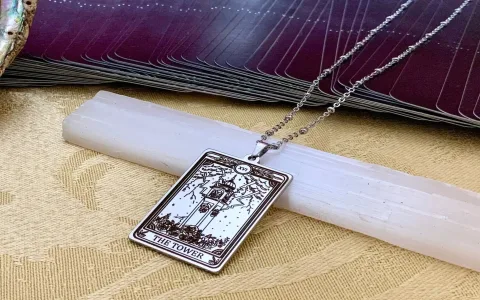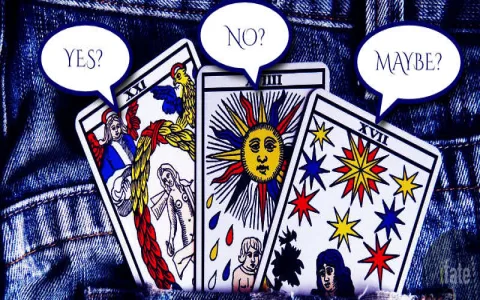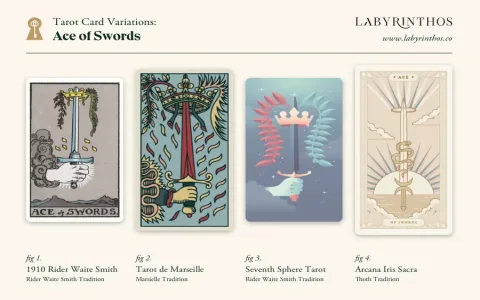Man, let me tell you about jumping headfirst into the Luna Sol Tarot. I wasn’t looking for magic; I was looking for a way to stop stressing the hell out. I had just walked out on this job where my boss was a certified maniac. I mean, totally unhinged. I spent three days doing nothing but staring at the ceiling, feeling useless and needing something simple to ground me. I saw this deck online—it looked bright, friendly, not all that scary medieval stuff. So I bought it. Clicked “purchase” without thinking twice.
I thought, hey, this is going to be a fun, easy hobby. I was wrong. I unwrapped the thing, and bam—instant regret. The guidebook they shove in the box? Utter garbage. Just vague platitudes and flowery nonsense. All the internet guides I could find told you to memorize eighty cards, plus reversals, plus suits, plus planets. It was a complete overload. It was like trying to swallow a whole dictionary whole. I sat there, flipping through RWS meanings, trying to link them to the Luna Sol’s cool, modern art, but my brain just short-circuited.
I tried the traditional methods. I drew one card, then I spent thirty minutes looking up all five thousand interpretations online. Absolute waste of time. It felt like I was trying to code in a language I didn’t understand, relying on fragmented search results that never connected. I seriously considered tossing the whole deck in the trash pile with all my other failed quarantine projects.
But I hate quitting. I had to invent my own cheat sheet. Screw the big, bulky books. I decided to brutally dismantle the traditional learning process and focus solely on the visual language of this specific deck. The Luna Sol is designed beautifully—it’s intuitive if you just let it be. My system was simple and aggressive. I needed to move from confusion to reading fast.
The Three-Word Association Method
I committed to this routine for a month straight, logging every single practice session. I pulled out a cheap composition book—the kind you buy for fifty cents—and started tracking.
- Step 1: Grab the Deck and Commit. I shuffled the deck until my hands physically hurt, making sure every card was totally randomized.
- Step 2: Pull One Card. Just one, no more. This was my “Card of the Day.” I placed it face up and then immediately put the deck away.
- Step 3: Immediate Reaction Log. I immediately wrote down three words that the picture itself made me feel. Forget the suit, forget the number. Just pure gut reaction. If I pulled the Ten of Swords, maybe my words were “exhaustion,” “surrender,” “dawn.” If I pulled the Four of Wands, maybe it was “celebration,” “home,” “relief.”
- Step 4: Comparison and Context. Only after I had my three gut-reaction words did I crack open the little guide (or look up one quick summary) and compare my feelings to the “official” meaning. Often, my three words were close enough, or at least provided a solid emotional foundation.
- Step 5: Daily Validation. Throughout the day, I consciously looked for that card’s theme playing out in my life. Did I feel exhausted? Was there a moment of surprising relief? This cemented the card’s energy to a real, felt experience, not just a definition on a page.
This logging process started bridging the gap between the beautiful art and the actual meaning. The Luna Sol’s visuals are super expressive, right? The Ten of Swords, in this deck, often looks less like violence and more like total surrender and coming to peace after a fight. When I stopped forcing myself to memorize and started just looking, the meanings stuck naturally.
I practiced simple three-card spreads (Past, Present, Future) on everything, even the silly stuff: what to eat for lunch, why my Wi-Fi was slow, should I call my mom. Stupid stuff, but it trained my brain to see the flow. I stopped thinking about “official meaning” and started thinking about “contextual story.”
The realization hit me hard about six weeks in: I didn’t need the book for the Major Arcana anymore. I could just pull The Tower and immediately feel that unstable energy without checking a source. I had internalized the journey. I went from staring blankly at the cards to actually being able to pull a spread and tell a coherent story in roughly forty days.
If you are dragging your feet on reading tarot because you think you need a PhD in esoterica, forget it. That’s why most people quit. I dismantled the entire complicated system and rebuilt it with three-word associations and cheap notebooks. That’s the secret to the Luna Sol guide: don’t read the guide first. Look at the art. Start reading today? Absolutely. Just pull one card, write three feelings, and see what the hell happens. It’s that simple. I guarantee you’ll unlock the deck faster this way than trying to cram all those dusty old definitions into your head.






